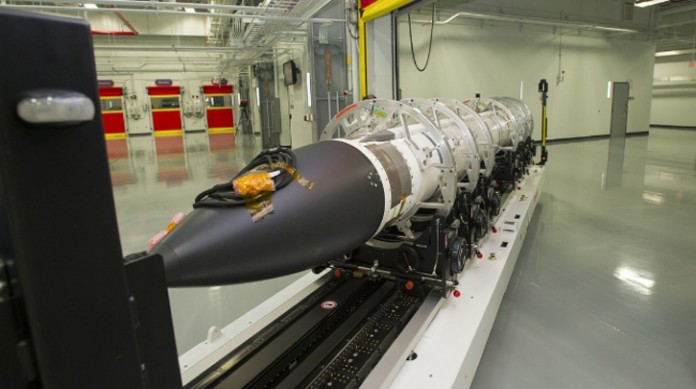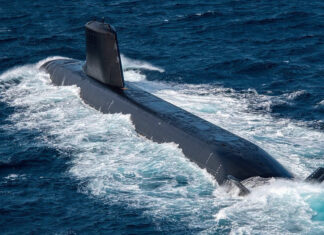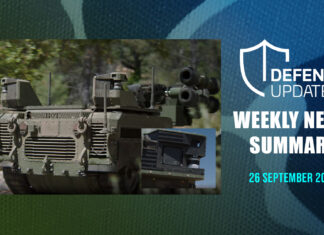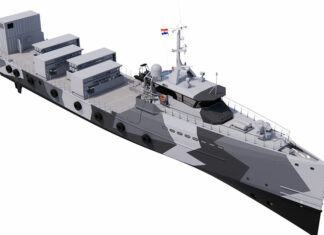
The State Department has approved a request from Japan for an initial buy of Standard Missile-3 (SM-3) Block IIA missiles, for an estimated cost of $133.3 million. The sale that includes only four missiles will likely provide missiles for test and evaluation of Japan’s current missile defense assets, likely the AEGIS equipped missile destroyers that currently carry SM-3 Block IB missiles.
Following a successful intercept test conducted in February 2017 Raytheon, the missile developer, received a first production order worth over $619 million, in June that year, for the production and engineering support of 17 missiles of this type. The Japanese purchase reflects slightly lower unit cost, for this weapon.
According to the US announcement, the proposed sale will provide Japan with an increased ballistic missile defense capability to assist in defending the Japanese homeland and U.S. personnel stationed there. The new Block IIA will extend intercept range from 700 km (380 miles) to 2,500 km (1,350 miles.) Japan also plans to use this type of missile with AEGIS Ashore missile defense units included in the country’s future defense plan, defending against the growing missile threat from North Korea.
Developed in cooperation with Japan, SM-3 Block IIA is designed for use on land and at sea. It has two distinct new features: larger rocket motors that will allow it to defend broader areas from ballistic missile threats and a larger kinetic warhead. The interceptor’s kinetic warhead has been enhanced, improving the search, discrimination, acquisition and tracking functions, to address advanced and emerging threats.



















